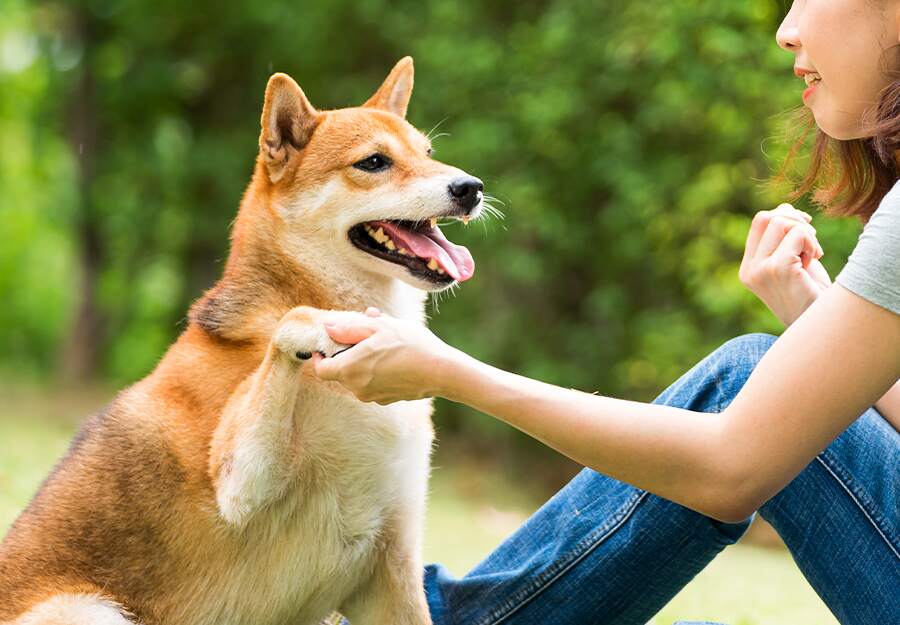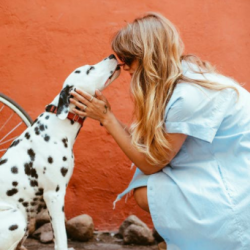
When it comes to dog training, it seems that everybody thinks that they know everything. When you get a puppy, you will likely receive tips and tricks from everybody you know that owns a dog. It is much like buying a used car, everybody has an opinion on it, and if you ask 10 different people what the best way to train their dog is, you will probably get 10 different opinions.
It is no surprise that so many people are trying to teach their dogs every trick they know. Some of these tricks may be cute and fun, but it is important to know that not all tricks are created equal. This is where clicker training comes in. Strangely enough I found this method while doing a chess tutorial. This method of training is much easier to read, and the concept is very easy to understand for even the youngest child.
Clicker training simply means that you are training your dog to exhibit certain desired behaviors in order to achieve a certain goal. The key to clicker training is that the dog must first perform the behavior that you want before you give a clicker command. Your dog must first perform the behavior without hesitation in order to earn a clicker reward. Later on, you can use a verbal cue to guide your dog, but the key is that the dog must first perform the desired behavior without hesitation.
So how does this actually work?
The principle behind clicker training is that you are training your dog to achieve a certain goal, and that the best way to train is to use a reward. In the case of clicker training, you would be training your dog to have a good sniff. To achieve this, you would get a dog and clicker. You would then reward the dog (with a clicker, of course) if it successfully aims to smell the ball. Later on, if the dog aims to smell the ball with its mouth shut, you would reward it with the clicker.
So why is it so effective?
Simply put, clicker training is much easier to follow than any other form of training. This is because the clicker is used to reward the dog for disobedience. If you follow this simple regime, you will see results in just about every part of the dog training.
Let’s look at a common example of how clicker training can be used to train your dog to avoid licking: Let us say you want to train your dog to put his toys away. You can start the training by teaching him the commands sit, lie down, and leave. Once the dog has mastered these commands, you can introduce the toy-lesuing exercise. Once the dog starts to understand that he will be rewarded for his toy-missive behavior, he will show more interest in the toy than the other items in your home.
The clicker is also a useful tool for preventing behaviors that are difficult to modify. It is used to answer a question like “Why does my dog eat his poop?” For hard-core pet owners, “Why does my dog eat his poop?” is a difficult question to answer, and that is why the answer is that the dog eats his poop because it is the rewarding kind of behavior that he gets rewarded for. If you reward the dog for eating his poop, you will be reinforcing that behavior as the way to earn rewards. That is why the clicker is so useful in clicker training.

